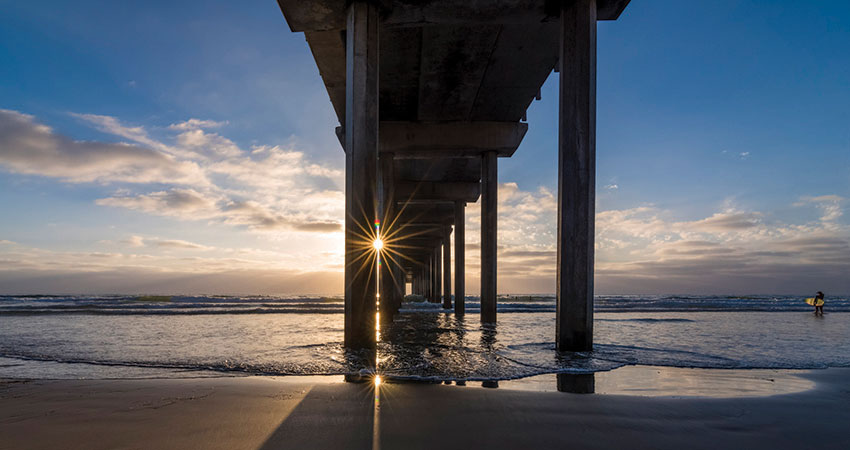
Talk Abstract:
Coastal upwelling rates are classically determined by the intensity of the upper-ocean offshore Ekman transport. But (sub-)mesoscale turbulence modulates offshore transport, hence the net upwelling rate. Eddy effects generally oppose the Ekman circulation, resulting in so-called “eddy cancellation”, a process well studied in the Southern Ocean. Here we investigate how air-sea heat/buoyancy fluxes modulate eddy cancellation in an idealized upwelling model. We run CROCO simulations with constant winds but varying heat fluxes with and without…
